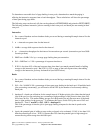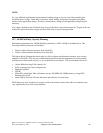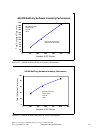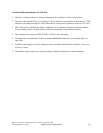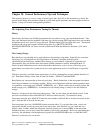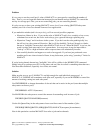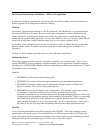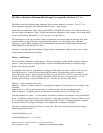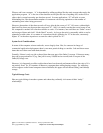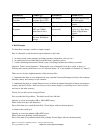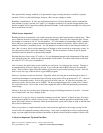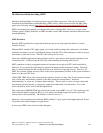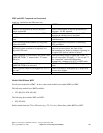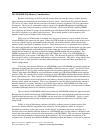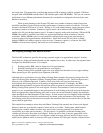Where a and b are constants. “a” is determined by adding up things like the static storage taken up by the
application program. “b” is the size of the data base record plus the size of anything else, such as a Java
object, that is created one entity per data base record. In some applications, “N” will refer to some
freestanding fact, like the maximum number of concurrent web serving operations or the number of
outstanding new orders being processed.
However, the number of data base records will very often be the source of “N.” Of course, with multiple
data base files, there may be more than one actual “N”. Still, it is usually true that the record count of one
file compared to another will often be available as a ratio. For instance, one could have an “Order” record
and average of three and a half “Order Detail” records. As long as the ratio is reasonably stable or can be
planned at a stable value, it is a matter of convention which is picked to be “N” in that case; one merely
adjusts “b” in the above equation to account for what is picked for “N”.
System Level Considerations
In terms of the computer science textbooks, we are largely done. But, for someone in charge of
commercial application deployment, there is one more practical thing to consider: Jobs and those newer
items that now often come with them, threads.
Formally, if there is only one job or thread, then these are part of the Order(1) storage. If there are many,
they end up proportional to N (e.g. One job for every 100,000 active records) and so are part of the
Order(N) storage cost.
However, it is frequently possible to adjust these based on observed performance effects; the ratio to N is
not entirely fixed. So, it is remains of interest to segregate these when planning storage. So, while they
will not appear on the formal computer science literature, this paper will talk about Order(j) and Order(t)
storage.
Typical Storage Costs
Here are typical things in modern systems and where they ordinarily sit in terms of their “entity”
relationships.
IBM i 6.1 Performance Capabilities Reference - January/April/October 2008
© Copyright IBM Corp. 2008 Chapter 20 - General Tips and Techniques 317



